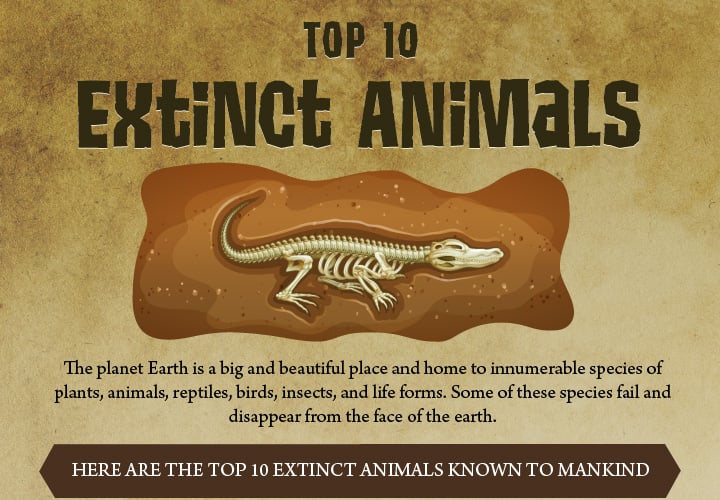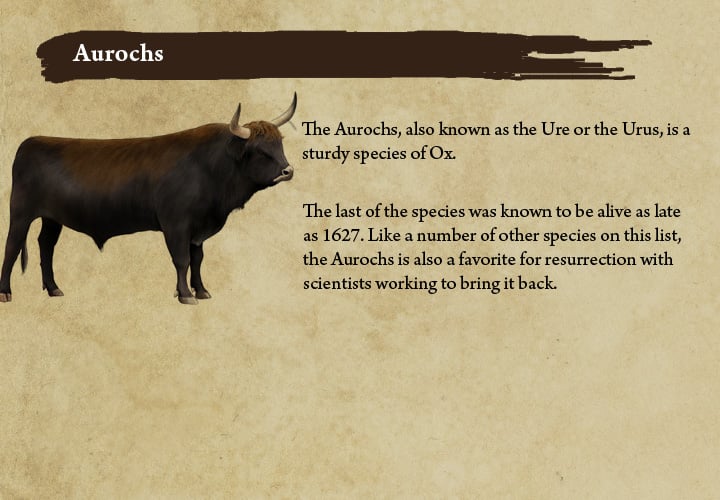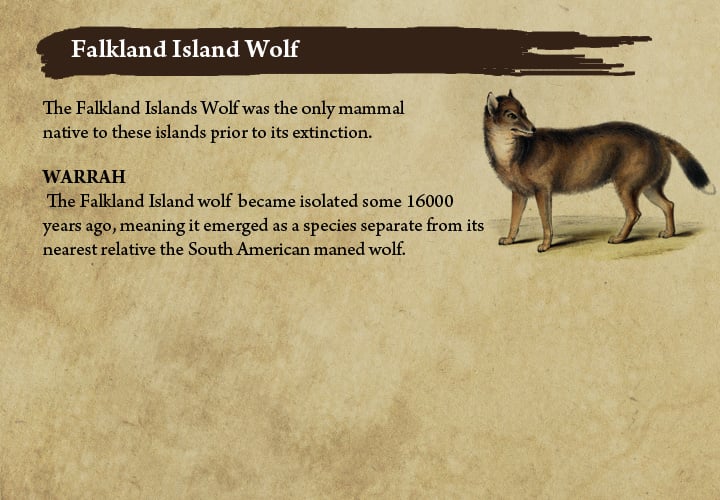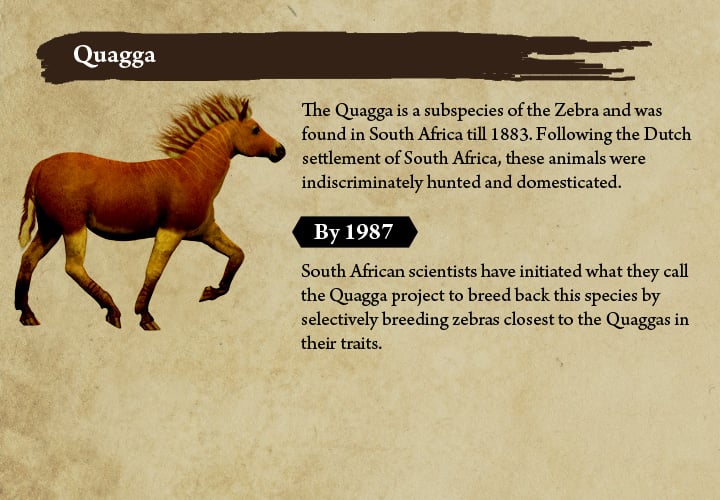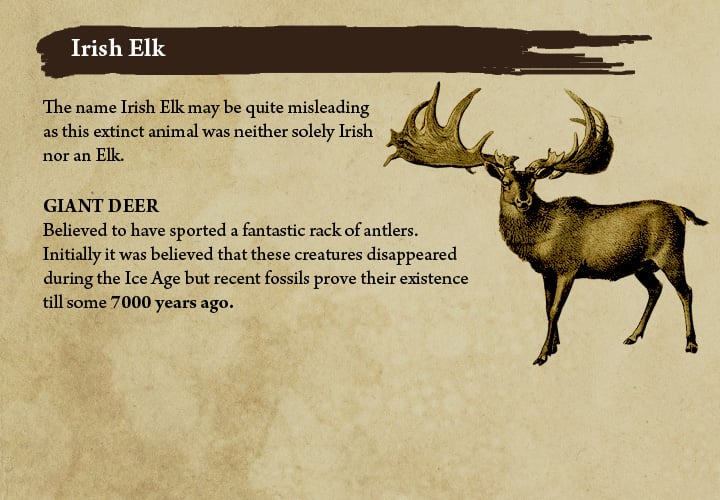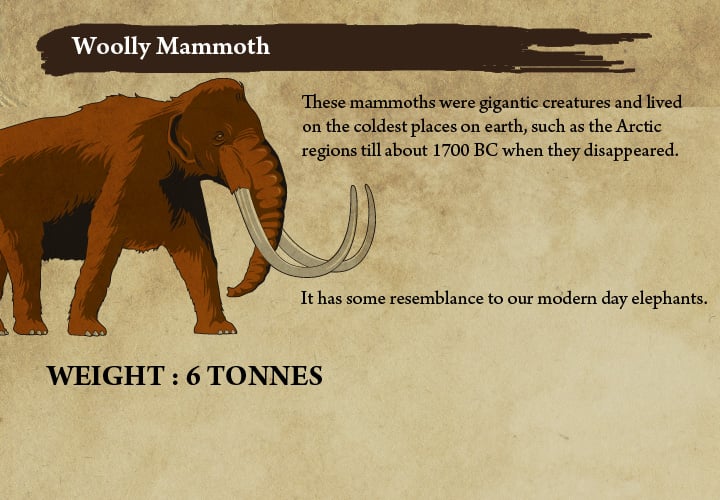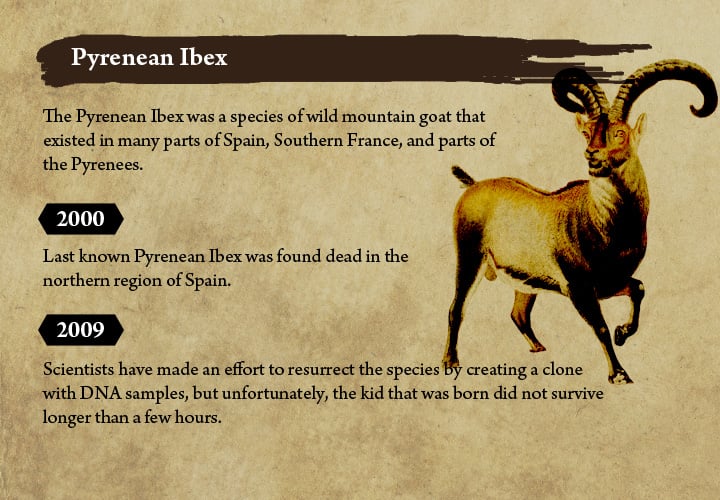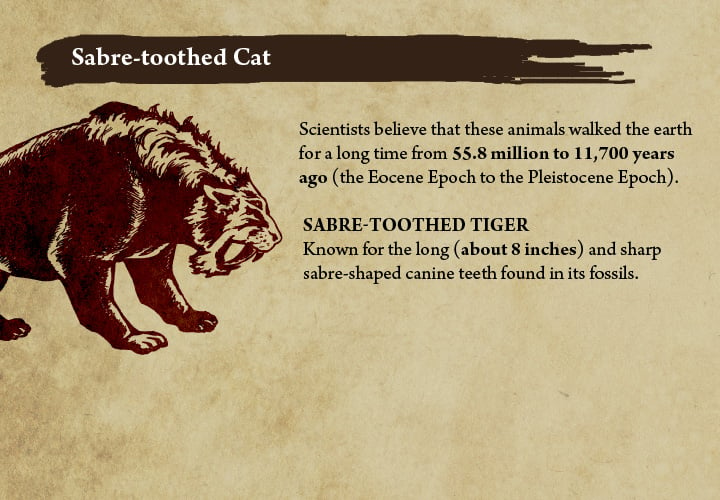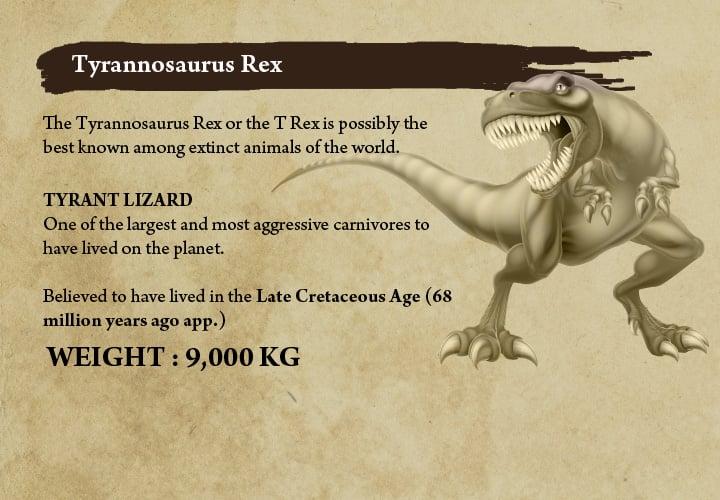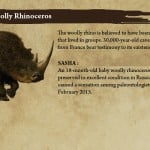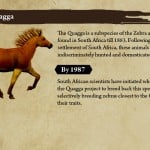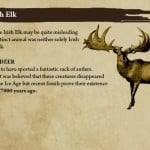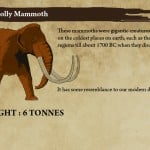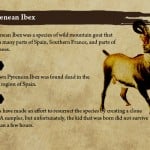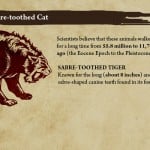The planet earth is a big and beautiful place. More importantly, it is home to innumerable species of plants animals, reptiles, birds, insects, and life forms. Most of these species of animals evolve to adapt to their environments, some fail and disappear from the face of the earth. Yet others are hunted and killed indiscriminately by humans or lose their habitats to human recklessness. Here are the top 10 extinct animals known to mankind.
Tyrannosaurus Rex
The Tyrannosaurus Rex, or the T Rex as it is better known, is possibly the best known among extinct animals of the world. It is easy to understand why its name means Tyrant Lizard, when we learn that the T Rex was one of the largest, most aggressive carnivores to have lived on the planet. This dinosaur is believed to have lived in the Late Cretaceous Age (approximately 68 million years ago). The T Rex fossils unearthed indicate that these giant creatures lived around Western North America and weighed about 9000 kilograms. Aren’t we glad these giants are gone?
Sabre-toothed Cat
The Sabre-toothed cat (sometimes referred to as the sabre-toothed tiger) is known for the long (about 8 inch) and sharp sabre shaped canine teeth found in its fossils. Scientists believe that these animals walked the earth for a long time – from 55.8 million to 11,700 years ago (the Eocene Epoch to the Pleistocene Epoch). Initially found in North America, remains of these mammals from later periods are found in Africa and Asia as well. They are believed to have preyed on larger mammals such as elephants and rhinos, tearing and slashing them with their sabre teeth. Don’t you think the sabre-toothed cat would have been a majestic creature?
Pyrenean Ibex
This next animal is proof that extinction of animals is an ongoing process, often due to destruction of their natural environments by human beings. The Pyrenean Ibex was a species of wild mountain goat which existed in many parts of Spain, Southern France and parts of the Pyrenees. In 2000, the last known Pyrenean Ibex was found dead in the northern region of Spain causing anguish about our failure to save the species.
In 2009, scientists made a gallant effort to resurrect the species by creating a clone with DNA samples that had been preserved before its disappearance. Unfortunately, the kid that was born did not survive longer than a few hours.
Woolly Mammoth
Another extinct animal that is now very famous thanks to Disney’s movies is the Woolly Mammoth. These mammoths were gigantic creatures weighing about 6 tonnes. They lived in the coldest places on earth, such as the Arctic regions till about 1700 BC when they disappeared. These Woolly Mammoths bear some resemblance to our modern day elephants, scientists think. They were herbivores and covered with shaggy fur. In another attempt to resurrect an extinct species, scientists from Harvard University have declared that well-preserved DNA of the woolly mammoth has been merged with elephants in a new research project. Can these giants roam the earth once again? We’ll know in the decades to come.
Irish Elk
The name Irish Elk may be quite misleading as this extinct animal was neither solely Irish nor an Elk. This was in truth a rather large deer that lived in many parts of Europe (yes, including Ireland), Africa, and even in Asia. Sometimes referred to as Giant Deer, this animal is believed to have sported a fantastic rack of antlers. Initially it was believed that these creatures disappeared during the Ice Age but recent fossils prove their existence till some 7000 years ago. This moose like creature is believed to be another good candidate for resurrection as good quality DNA samples have been found preserved in cold icy parts of Europe and Siberia.
Quagga
Another rather controversial now extinct animal is the Quagga. The Quagga is a subspecies of the Zebra and was found in South Africa till 1883. Following the Dutch settlement of South Africa, these animals were indiscriminately hunted and domesticated. As they started to die out, any attempts to rescue the species remained unsuccessful. By 1987, South African scientists have initiated what they call the Quagga project to breed back this species by selectively breeding zebras closest to the Quaggas in their traits. While this project has been successful in terms of breeding back a number of zebras that look like Quaggas, many object on the grounds that the genetic makeup of these newly bred zebras does not match that of the Quaggas.
Falkland Island Wolf
The Falkland Islands wolf was the only mammal native to these islands prior to its extinction. The origins of this species intrigued most scientists including Charles Darwin who wondered how a mammal originated in the island. Also called the warrah, it has now been found that the Falkland Island wolf became isolated some 16000 years ago, meaning it emerged as a species separate from its nearest relative the South American maned wolf. By 1880, the species went extinct primarily due to indiscriminate hunting.
Woolly Rhinoceros
The woolly rhinoceros is another famous extinct animal that inhabited many parts of Europe and the northern parts of Asia through the Pleistocene epoch. The woolly rhino is believed to have been a herbivore that lived in groups. 30000 year old cave paintings from France bear testimony to its existence. The discovery of the remains of an 18 month old baby woolly rhinoceros in Russia, preserved in excellent condition caused a sensation among paleontologists in February 2015. Scientists are hoping to learn much more about the species from this baby – now called Sasha. Sasha seems to have been about 10,000 years old.
Eurasian Cave Lion
Known distinctively only from prehistoric cave art, the Eurasian cave Lion is a subspecies of lion that is believed to have gone extinct. It is believed to have lived between 370,000 and 10,000 years ago. The Eurasian Cave Lion is believed to have inhabited many parts of Eurasia including France, Germany, Britain, Siberia, and Turkistan. Fossil remains show that while this lion was not known for its speed, it was an indiscriminate and powerful hunter.
Aurochs
The Aurochs also known as the Ure or the Urus is a sturdy species of Ox that is now extinct. The Aurochs lived in many parts of North Africa, Asian and Europe and the last of the species was known to be alive as late as 1627. Like a number of other species on this list, the Aurochs is also a favorite for resurrection with scientists working to bring it back.


